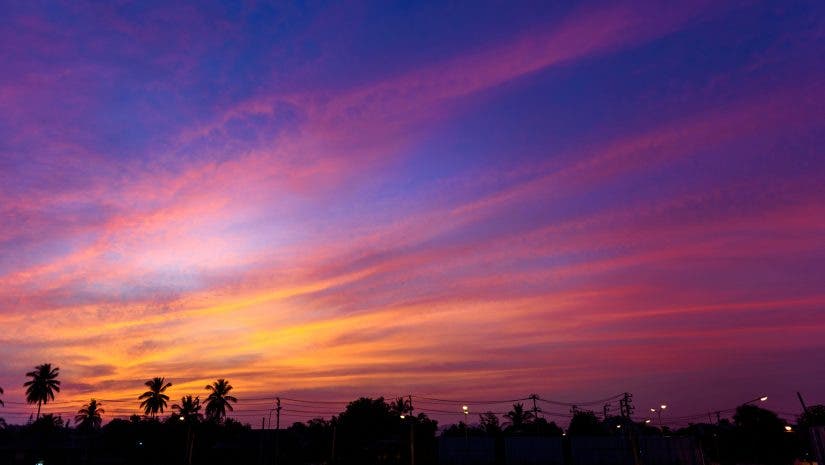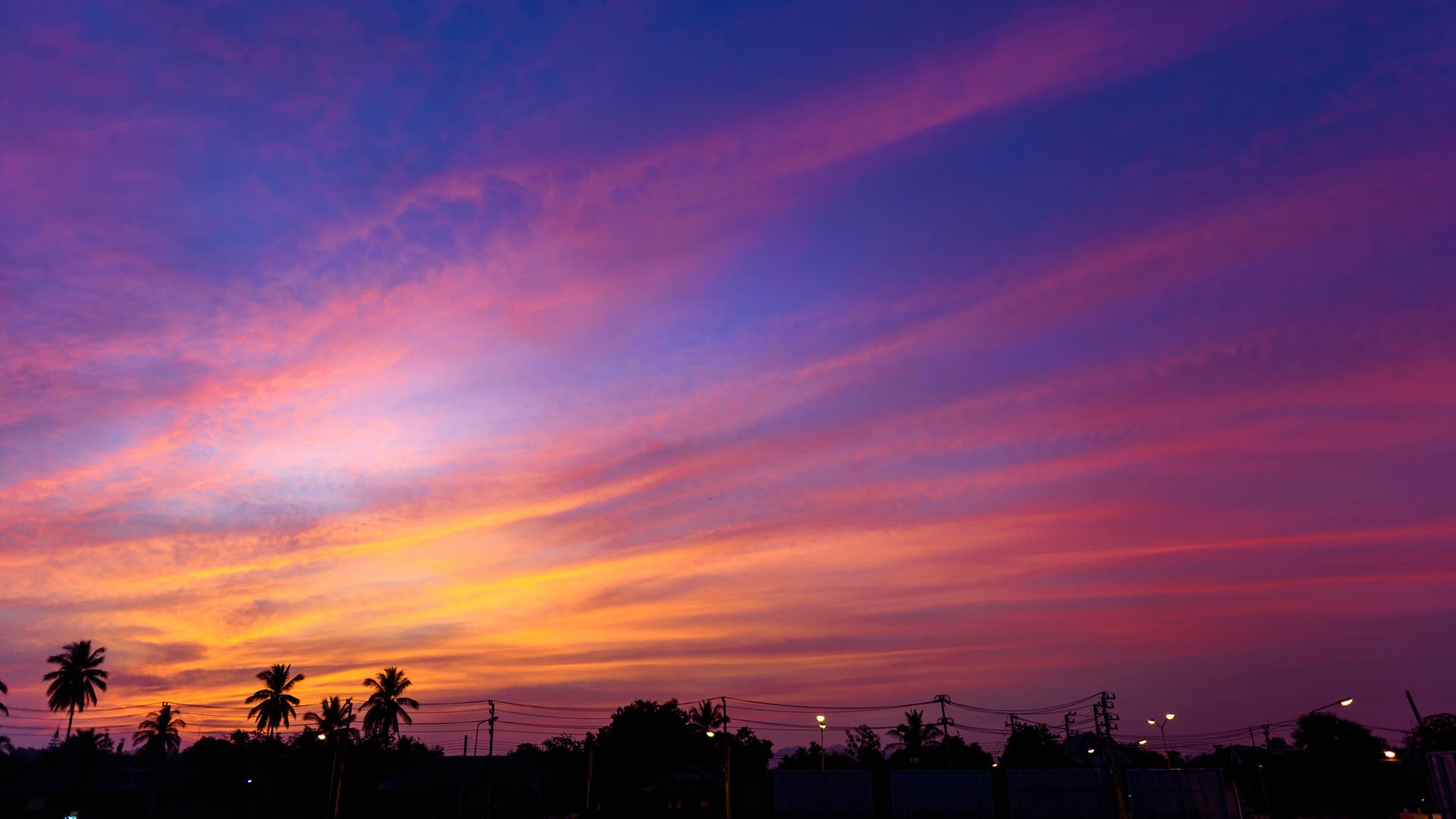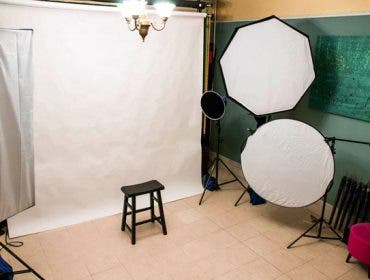When it comes to shooting cityscapes, the time to do it is after sunset or before sunrise. Too many photographers pack up their gear at sunset and head home, but the most dramatic shots are still waiting for you. The trick is to shoot at the right time.
To shoot at dawn or dusk, The only gear you need in addition to your camera is a tripod. The second thing that is key is being there at the right time of day. Generally speaking, this is about 15-20 minutes before sunrise or after sunset. There will be a 2-to 3-minute period where the lights of the city and the light in the sky are perfectly balanced and everything will come together like this:

f/5.6 for 30 seconds at f/5.6 – ISO 100, Santorini, Greece
Many people attempt these shots when it is too late, and that leaves them with a black sky, which doesn’t result in very compelling images. So, let’s take a look at the progression.
Here is a shot about 5 minutes after sunset:

f/8 for 4 seconds, ISO 200, Dubai, UAE
5 minutes later, the sky has darkened:

f/8 for 8 seconds, ISO 100
Notice above how things are balancing out a lot better. But we aren’t quite there yet. 10 minutes later, we get that balance!

f/8 for 30 seconds, ISO 100
Above we have everything balanced out perfectly. Wait 10 more minutes and you get a black sky and lose all that color:

f/8 for 30 seconds, ISO 100
So, looking at the above shots…how do I come to a decision about what my exposure should be? That’s an easy one: I shoot in manual exposure mode and take my meter reading off the sky! How? While looking through the viewfinder, I point the camera up just above the skyline so that all I see in the viewfinder is the sky. Adjust for a correct exposure, and then leave it there. The reason to do that is that the lights in the buildings will throw the meter off if you include them when you take a meter reading. Most times you will end up with an underexposure. So, meter the sky and keep metering that sky every minute or so…because the sky is rapidly losing light as time progresses.
Another thing that can be difficult at this time of day is autofocus. When it is darker out it can be difficult for the AF to lock into something for focus. So, I pick a single AF point and choose something with a lot of contrast…in this case it was the buildings. I use focus lock and then turn the autofocus off so it will stay locked at that distance. Be careful not to rotate the focus ring manually after you lock focus. Now you are all set and you can fire away with your exposure and focus set and know without a doubt that everything will be in focus and properly exposed.
Like anything, the more you do this the better you get at it. I am at a point now where I can watch the light while sitting at a restaurant with my wife, dash off to shoot, and be back in 5 to 10 minutes with the shots on my card, which keeps everybody much happier.
Here are a couple more shots that were taken using this technique.

f/16 for 25 seconds, ISO 100 – 10.5mm fisheye, Rome, Italy

f/8 for 30 seconds ISO 100, Newport, OR, USA
Chris Hurtt co-teaches The Art of Seeing, along with Bryan Peterson, at the PPSOP (Perfect Picture School of Photography), Adorama’s online learning partner. Check out all PPSOP courses!



